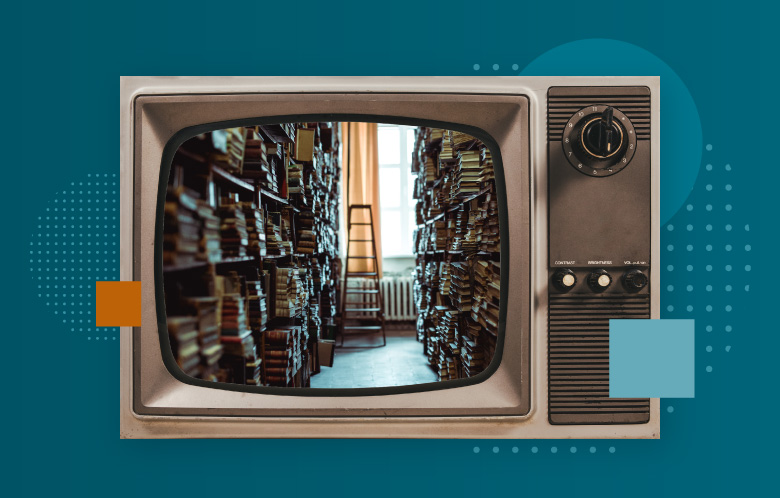“Learning from the Past: Looking Back at 65 Years of Serials Inflation” reflects on six decades of historical data and trends within the world of serials. From the earliest days of the U.S. Periodicals Price Index in the 1960s to today’s dynamic landscape, including Read & Publish agreements, open access models, and bundled electronic journal package, the article highlights both short and long-term trends as well as evolving factors that have shaped library collection strategies through the years.
The report tracks inflation rates and subject-specific pricing changes but also takes a closer look at value analyses, such as cost per citation and Impact Factor correlations, providing librarians with additional context to inform resource decisions. It closes with a forward-looking forecast for 2026.
At a Glance
- Serials pricing has consistently outpaced the Consumer Price Index for over 65 years.
- Science, Technology, and Medicine (STM) titles represent the most significant budgetary investment from libraries due to the high research intensity and publishing volume within these disciplines.
- Electronic journals, Open Access, and Read & Publish models have introduced considerations for budgeting and resource planning.
- While journal pricing and impact metrics may not always align one-to-one, perceived value is shaped by multiple factors such as usage, relevance, and academic influence.
- Forecast for 2026: 5.5–6.5% average price increase expected.
Key Takeaways
Persistent Inflation
Periodicals prices have consistently increased since the 1960s, often rising at a faster rate than the Consumer Price Index (CPI), creating long-term budgeting challenges for libraries.
STM Titles Remain High in Cost
Scientific disciplines—particularly Chemistry and Physics—continue to have the highest average journal prices. The humanities disciplines tend to have lower average costs, though they may also face different value considerations.
Bundling Changed Subscription Models
The growth of bundled journal reshaped how libraries approach purchasing, offering broader access but also requiring more complex budgeting and negotiation strategies.
Open Access Introduced New Dynamics
Open Access (OA) publishing has increased article availability and added flexibility to the publishing ecosystem.
Price and Value Metrics Don’t Always Align
Journal pricing and scholarly impact metrics may not always move in parallel, but value is shaped by a range of factors—including usage, subject relevance, and institutional priorities—underscoring the importance of a holistic evaluation approach.
Cost Per Citation Varies by Discipline
Some high-cost disciplines, such as Chemistry, demonstrate more favorable cost-per-citation ratios than others. Fields with fewer total citations, such as History or Philosophy, often show higher costs per citation despite lower subscription prices.
Read & Publish Packages Are Gaining Ground
Read & Publish agreements are becoming a standard part of library negotiations. In 2024, the average price increase for R&P packages aligned with traditional subscriptions, signaling broader adoption.
Looking Ahead to 2026
Projected average price increases for 2026 fall between 5.5% and 6.5%. Librarians should prepare for continued budget pressures, influenced by inflation, evolving access models, and changing institutional and policy priorities.



